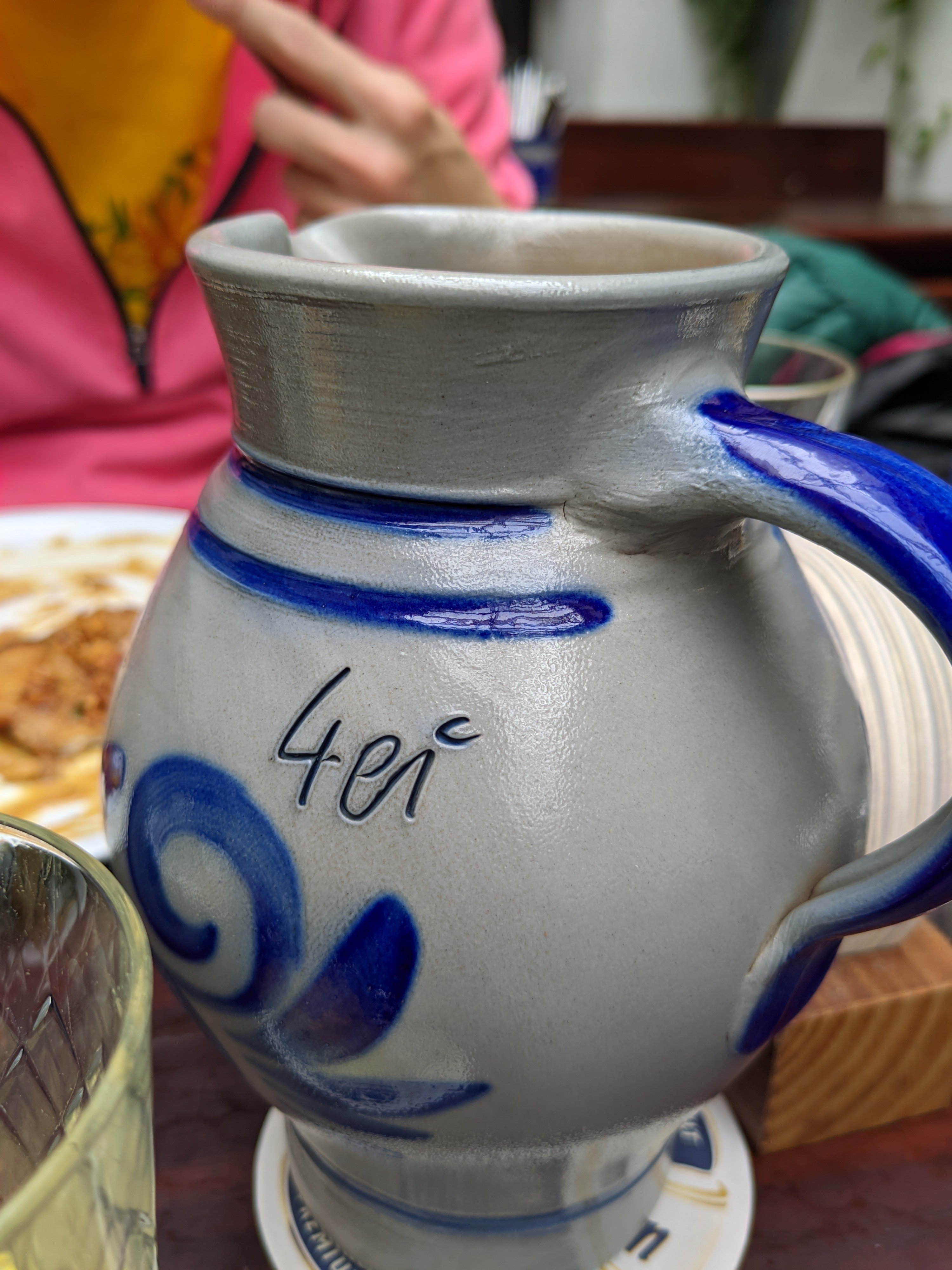I want to make the move to Mint at the end of Win10 in a week or so, but I’ve heard some horror stories about how tough it can be to get Nvidia GPUs working with them. As it is I have a 4060TI and no money for an AMD GPU. If I can’t get my GPU working with Linux I’m probably gonna end up having to stick with Windows untim I can afford an AMD GPU, the thought of which doesn’t exactly excite me.
Best you can so is test it for yourself.
I switched to Linux Mint in February and my 4070 has given me no issues.
I just had to set some configs in steam so that it defaults to using my 4070 and not my iGPU, and the rest just worked
Honestly it isn’t much of a problem anymore, whether you choose a gaming specific OS or not.
Here’s how to get good Nvidia support on Fedora 43:For the driver:
sudo dnf update
sudo dnf install akmod-nvidia
For CUDA support:
sudo dnf install xorg-x11-drv-nvidia-cuda
Then reboot and you’re done.The horror stories often come from years ago, when Linux wasn’t as under-friendly as it is now. You shouldn’t have any problems with this.
And if Mint does give you problems (which I doubt), consider trying a plug-and-play gaming distro like bazzite. It supports nvidia GPUs right away.
Thing is, I want to use my PC for more than just gaming, so I figured a gaming-focused distro might get in the way when I want to do non-gaming stuff.
It depends on the distro. Bazzite might get in the way since it’s a more closed distro if you want to do docker stuff. I personally managed but setting up extra hard drives that docker (podman) uses, but it was tricky. You’ll not have issue browsing the Web or installing most apps though.
Nobara might be a good choice although the user base is not that big so you might have to migrate in a couple of years.
Otherwise I’d stick to regular distros since they have great support and will stick around for a long time such as Fedora or Kubuntu. I’ve also heard Endavour is really good these days.
You should consider choosing a distro based on the Wayland integration since you can get HDR fractional scaling and variable refresh rate with them.
At their heart, most distros are approximately “made of the same stuff”. There’s differences in package management in the background (e.g. how the “software centre” works), but essentially the difference between a “gaming distro”, “normal distro” and “creative distro” is just what programs are installed by default, and how a few things are set up by default.
Nothing stops me playing games on Mint (and historically, Ubuntu and Ubuntu Studio) - and likewise, nothing will stop you installing office programs, audio/video/graphics programs etc on something presented as a gaming distro.
No you can pretty much do everything the same. The biggest difference is the distro it’s based on, bazzite is based on fedora, you use “sudo rpm-ostree install” to install packages. Fedora has a system where it layers packages onto an ostree so if you have an issue you can boot from an old one.
Rpm is only needed for system packages, most packages can just be installed via a flatpack in the package store, which is all free and open source software.
Bazzite is a great starting point. It is pretty much turn key, while having the best performance and proprietary drivers. It already has everything installed to get emulating windows apps working easily out of the box. Wine, proton, steam, the proprietary drivers. These are all things you are going to want probably and this will save you a headache and several days of trying to get the system setup.
Make sure you disable UEFI and choose legacy boot in your bios if it’s available and also disable the TPM in the bios if available. It will work with those enabled, but it’s buggier and the TPM causes performance issues. Linux doesn’t need these and they are artificially imposed by Microsoft and the big corporate OSes, but they suck compared to the original simple standards for bootstrapping. I’m not 100% sure how well this works on everything. It’s possible some newer cards might require UEFI boot, but you can just turn it back on before you install.
I recommend KDE as the desktop environment, especially if you are used to windows. It will feel the most natural and familiar to you. I also recommend asking chatGPT to help you with basic tasks like installing system level software. Make sure you specify that you are using bazzite. Once you learn to use Linux its so much better than Windows. The performance is much better in nearly every regard. You can do anything you want with Linux, where windows is extremely locked down nowadays. It also prolongs the life of your hardware, especially drives, since windows spyware isn’t constantly scanning your files and stuff. With proton you will likely see a 5-15% performance jump over gaming on windows natively. The downside is that many popular games won’t work in multiplayer because of the anti heat, and also some trash software like Photoshop won’t work, but the vast majority of windows apps will work just fine, even multiplayer. The developers have to go out of their way to make multiplayer games not work on Linux, so it’s pretty rare, even if many of the bigger studios do it. You can dual boot windows for this if you really want to, but windows will constantly try to screw up your boot and stuff so you have to be careful. I would say just not support those companies which go out of their way to not support Linux. They are anticompetitive and anti consumer.
The learning curve for Linux isn’t quite a cliff now, it’s still steep, but with bazzite it’s much easier then it ever has been. It mostly just works from a simple gui install, and there isn’t really anything you need outside of this base install. Perhaps you want to install, protonup-qt so you can install proton GE, which has better support for some games that rely heavily on .net code, like space engineers.
No, it should work out of the box through the open source driver. But, for most people the Nvidia driver (closed) works without issues, you need to install it through driver manager app.
Nvidia GPU can be troublesome on Linux indeed. Mint might not be the best option in that case. If you are flexible, distro-wise, I cannot recommend Bazzite enough.
You can get an image with all the needed Nvidia drivers and configs, that should bring you the smoothest possible experience with your hardware, especially for gaming!
Good luck!
I like bazzite but why not mint would good option 580 driver already in their repo so what problem at all he can expect
Older graphics cards (like mine in a laptop bought in 2014) were not supported by Nvidia except through the open source one. So the performance would be sub par.
I can also vouch for PoP_OS!, get the .iso with baked-in nVidia drivers and you will have no problems. The biggest issue I’ve had so far is that sometimes, after updating graphics drivers, FPS get stuck at like ~10 and I need to reboot. But happens rarely, and it takes ten seconds to fix
If you just want to do pedestrian activities like gaming and desktop stuff, you’re fine with the average nvidia driver install tutorial, and it’s pretty trivial.
If you want more niche or advanced features like HDR tuning in Wayland or using cuda applications, you may want to consider that amd drivers are actually open and allow you to get into those kinds of tunables.
That said, there are still features and performance kept away from the user with nvidia, despite their never-ending promises of making drivers open, and nvidia has been rewarded for being not open on Linux, which a lot of us don’t like. I personally am one of those and my stance with nvidia is partly one of principle.
It’s not, today it works flawlessly, every distro has a simple way to install the proprietary drivers. It’s just stories from people repeating a very old song that has no anchor in today’s reality.
If the recommendations for Mint do not work, I’d try a different distribution with an easier path to install nvidia drivers, namely one that has the open nvidia drivers included in the ISO.
PopOS and Ubuntu do this.
I’d avoid CachyOS for Linux newbs as it is bleeding edge and can be difficult to manage.
Don’t use the open Nvidia drivers they are not as good. Most people’s problems with Nvidia probably come from this. I recommend bazzite for a Linux newbie, because it installs the best driver automatically and is very easy to use. Just get the distro that’s made for Nvidia with KDE.
That’d work too but booting into game mode first would be a bit of a curve ball for many newbs.
On Nvidia it doesn’t support game mode, so it just boots into the desktop, and also you can download a version that boots directly into the desktop or just tweak the files to make it the default.
Thanks, I didn’t know that.
The issues with Nvidia GPU’s has been blown up way to much in the last few years in my opinion.
The potential problems you “might” face are:
- Not backing up your system before updating
- Using too old or too new a kernel version (Older versions may break or cause issue with newer drivers and bleeding edge kernels may introduce issues that weren’t caught during QA) * Always have a LTS kernel installed as well as a newer supported kernel
- Using brand new hardware too soon (aka don’t expect a newly released card to work perfectly day one)
- Trying to use GPU’s in edge case uses or pushing the envelope without knowing what you are doing
- Not backing up your system
- Trying to use the wrong kind of card for your needs (A Quadro card isn’t going to work well as a RTX card)
- Not updating your system (Nvidia drivers get regular updates)
For most major distros now a days you either select the Nvidia option when installing (like Manjaro) or install the drivers afterwards (Ubuntu based) and be off to the races.
Set up and use Timeshift, make a backup before installing updates and you can roll back if there is an issue.
I have a RTX 3060 and just installed the proprietary driver on Arch with pacman and that was it.
There should be no trouble getting it to work, there may however be a slight chance of it breaking on an update, at least with some rolling distros, if you use the proprietary drivers, which you’ll want to use it you care about performance.
The drivers need to be compatible with the kernel. In rare cases a kernel update will not be compatible with the nvidia driver and could get installed before the nvidia update has dropped. This is possible for openSUSE Tumbleweed for example because the nvidia drivers come from an nvidia managed repo that can get behind the official repos. Just being conservative about waiting a few days before applying kernel updates, especially for a significant version change, and checking the forums for people having problem is enough to avoid this problem.
The complaints are more about lack of support for OS drivers. If using proprietary drivers is not a worry. Then they are fine. Often the OS stuff works if your set up is simple.
My advice. Do not upgrade to quickly. They tend to have errors in their new proprietary drivers. Watch and see how others have done. Before upgrading essential machines.
The other issue. For non rendering. Their latest models performance to £$ etc is getting very bad. But blender still has major speed advantages on Nvidia. But that is looking more and more short term as blender grows.
On EndeavourOS, you just have to run nvidia-inst. Mint has the driver manager, and other distros have ways of handling it. For your card, you’ll want the Nvidia Open driver if it doesn’t do it automatically.
TLDR: These days it’s easy.











